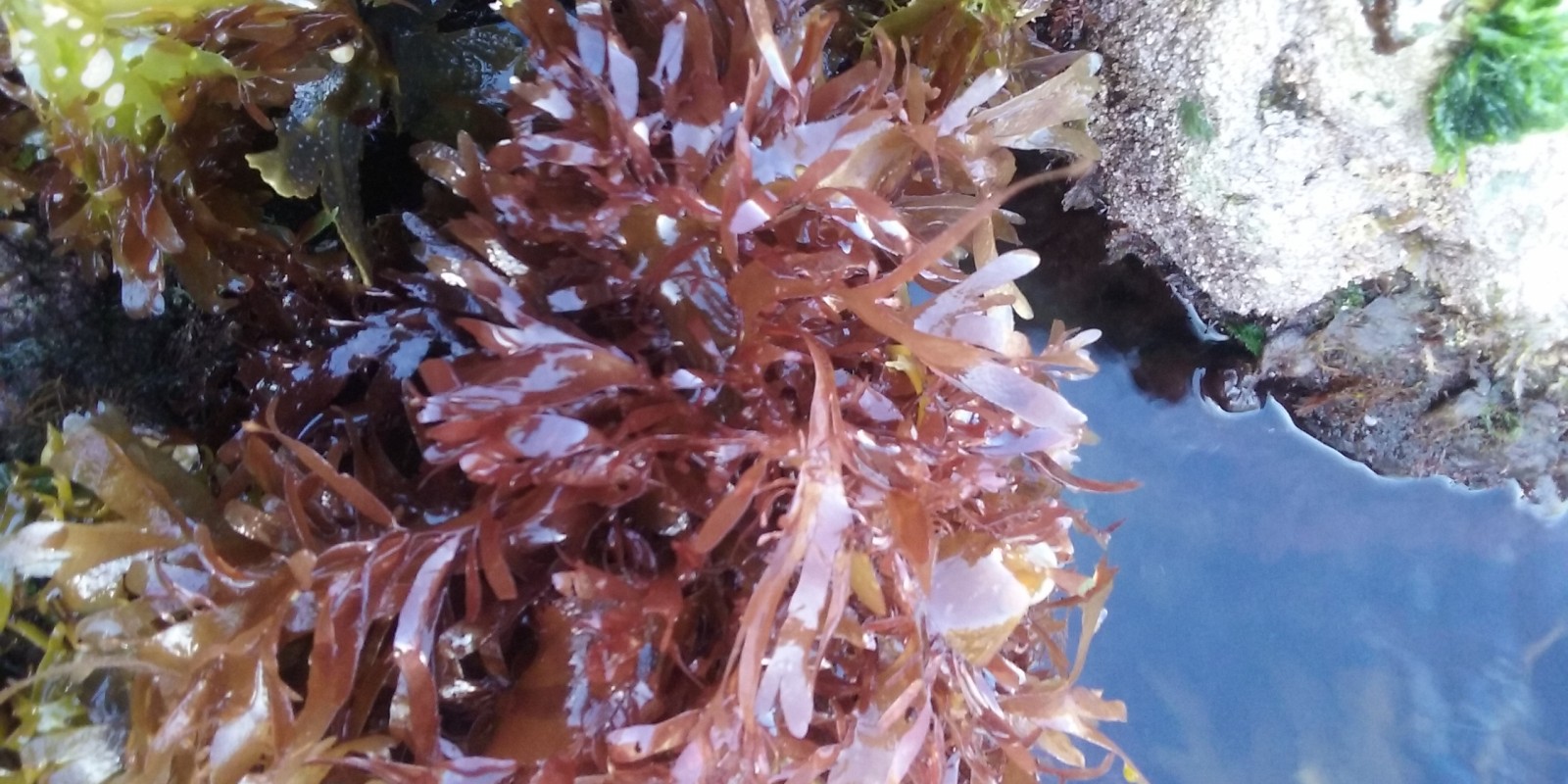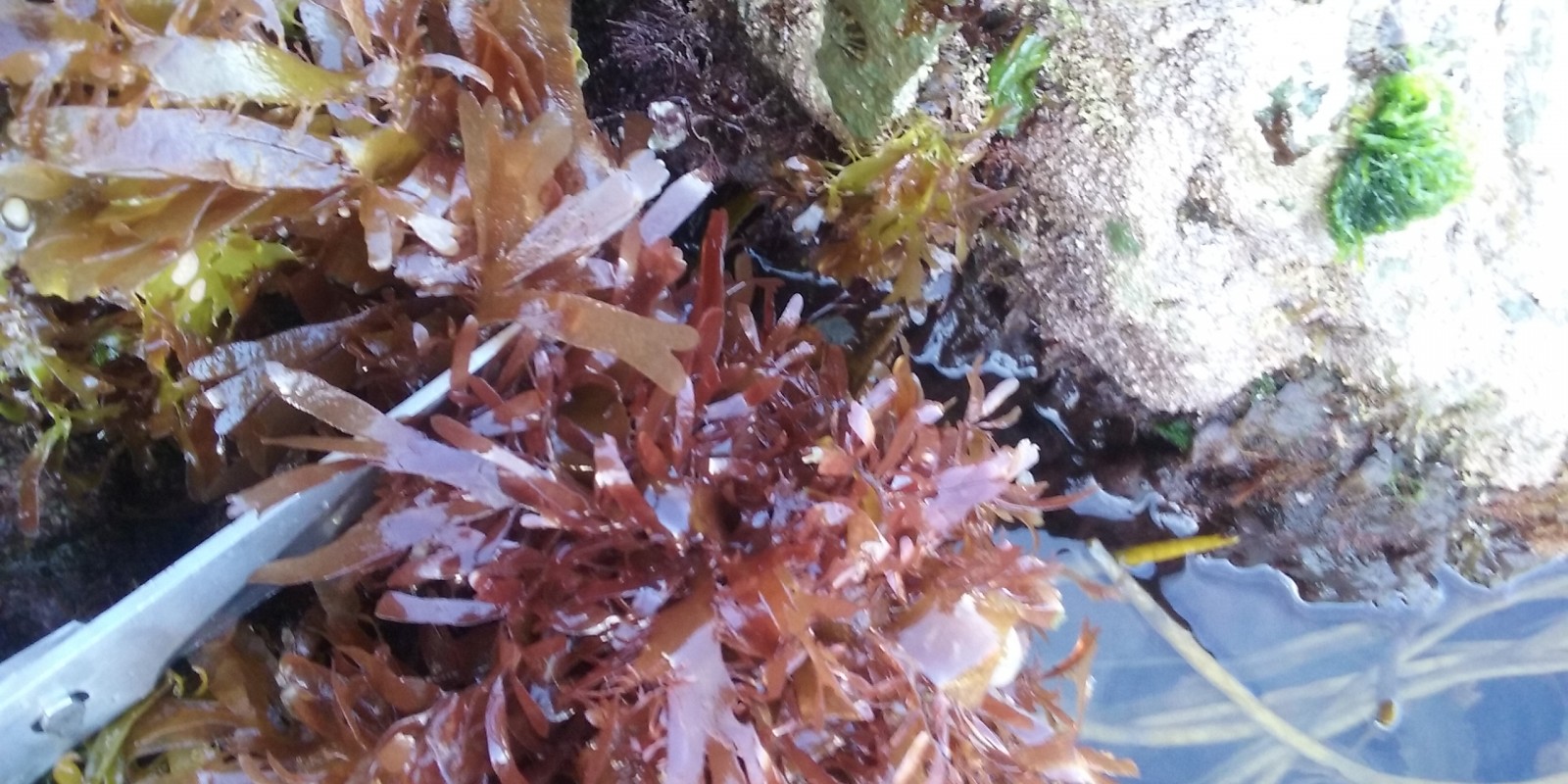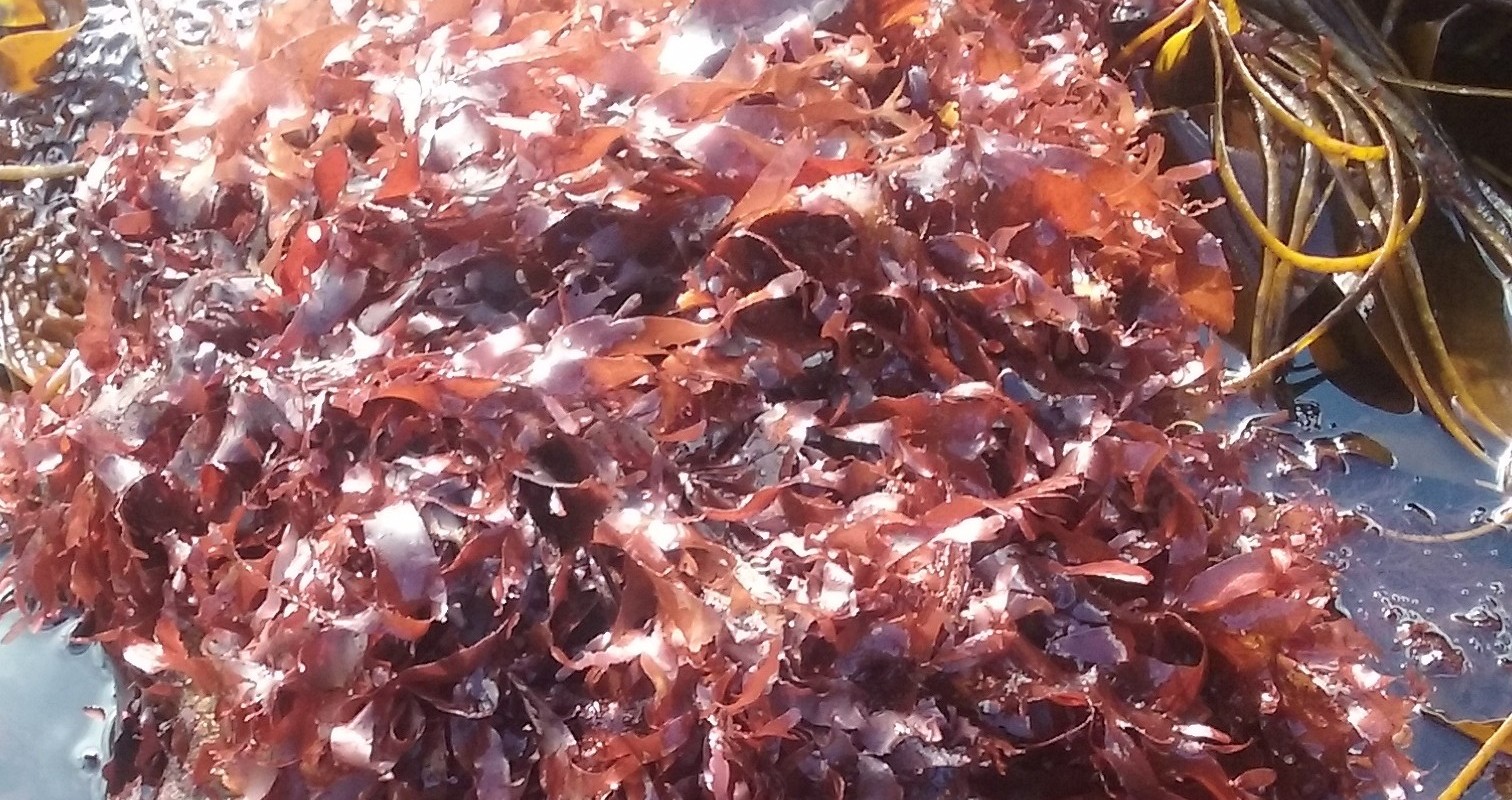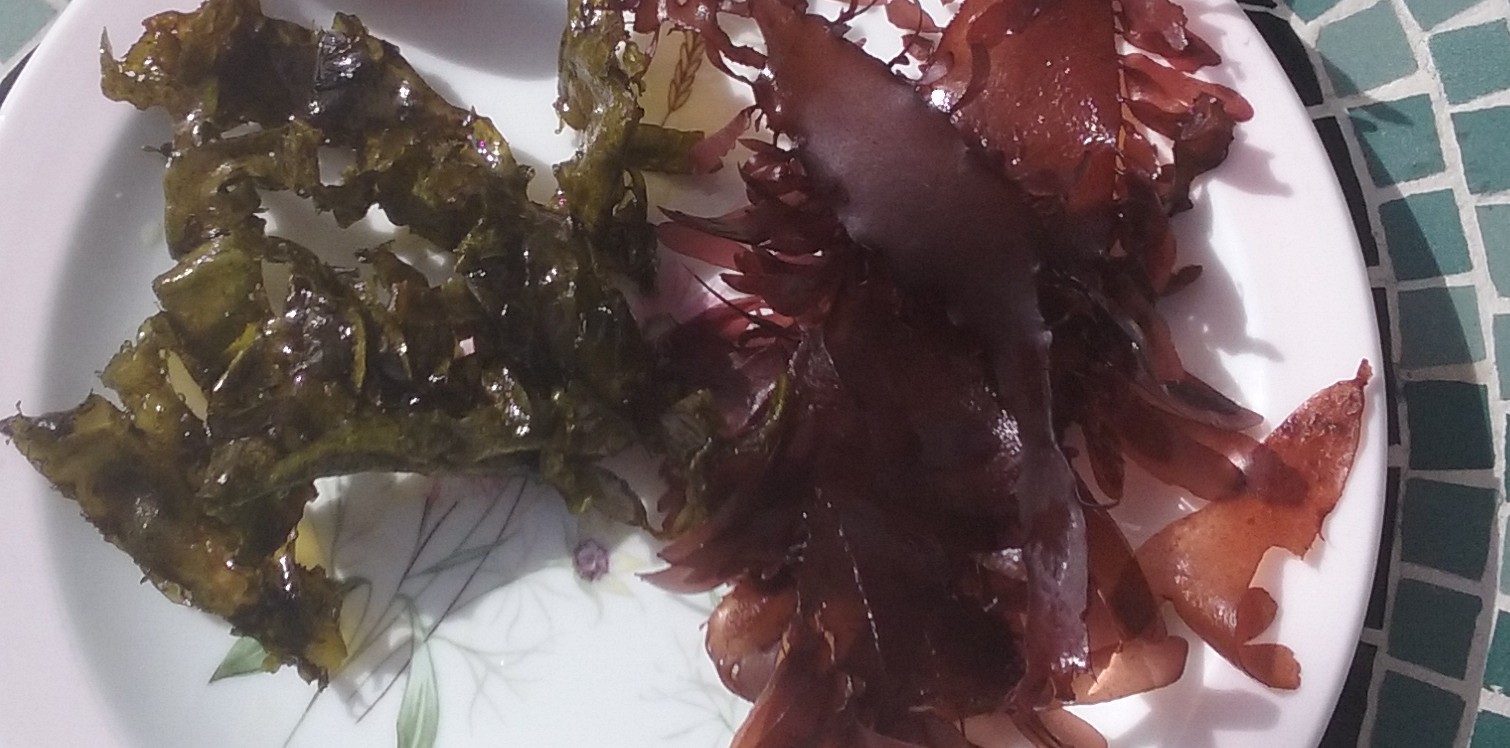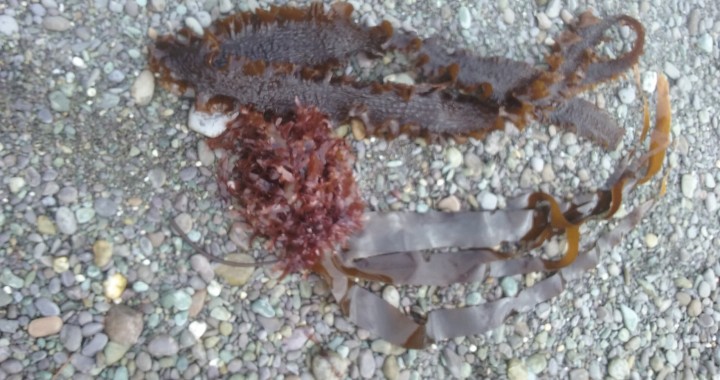Well, other than the fact that it tastes delicious, it’s really good for you. Seaweed is one of the most nutritious plants on earth and can be used in a variety of ways around your own home, in the garden, on your skin and in your food.
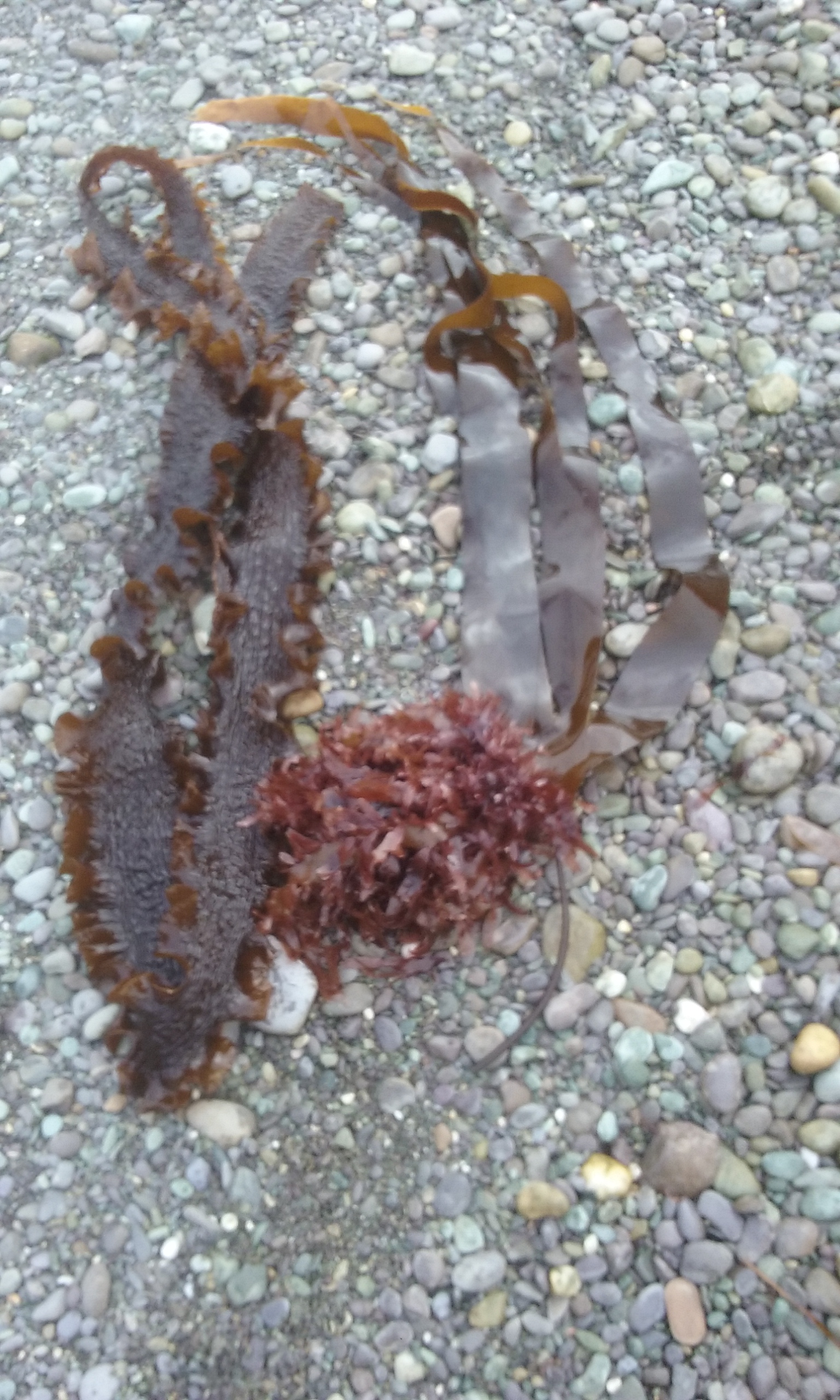 Seaweed has been used as a fertilizer in gardens for years. Where I grew up it was a common sight to see the donkey coming back from the strand laden with seaweed for the next years spud crop. As times have changed this tradition has all but died out, however, now you can buy it in liquid form or dried to add to your veg patch or container garden.
Seaweed has been used as a fertilizer in gardens for years. Where I grew up it was a common sight to see the donkey coming back from the strand laden with seaweed for the next years spud crop. As times have changed this tradition has all but died out, however, now you can buy it in liquid form or dried to add to your veg patch or container garden.
The bladderwrack that grows along the shoreline is ideal for baths. It is sustainably harvested by cutting the fonds with a sharp scissors and not taking too much from any one plant. This added to your bath leaves your skin feeling silky and soft to the touch.
When it comes to eating seaweed, the Japanese are well versed, with many yummy dishes including seaweed either as the main ingredient or as a seasoning. In western culture we are beginning to appreciate this often overlooked ingredient, for what it is, a powerhouse of nutrition. It is a well known fact that seaweed contains iodine (helps thyroid gland regulate metabolism) along with many other minerals and vitamins. Some species of seaweed have more calcium than milk and others more iron than red meat. Also high in B12 and that umami flavour!
Recently, seaweed has been making headlines with Jamie Oliver who claims it has helped him to loose weight. And as it turns out, seaweed is a natural source of sodium alginate, a chemical that can reduce fat intake by 75%. The raw material of alginate is founds in brown seaweeds that grow in cold water regions.
http://www.researchgate.net/publication/230814037_Production_of_Sodium_Alginate_from_Selected_Seaweeds_and_Their_Physiochemical_and_Biochemical_Properties
